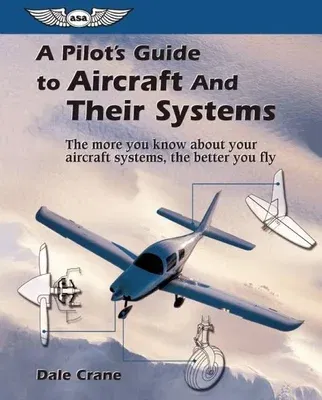Early aviators had to be both mechanic and pilot... early airplanes and
engines were less than completely dependable. In a forced landing
situation, they had to find and fix the problem themselves in order to
get the airplane back in the air. Fortunately their airplanes were not
complex in their systems, nor complicated to fix. In the more than half
a century since World War II, aircraft have become a vital component of
our transportation system, developed and finely tuned to become the
fast, efficient, dependable, and safe machines they are today. But
technological advances have brought additional complexities that demand
the aircraft be operated in exactly the way the designer intended. To do
this, pilots must understand what each handle or knob controls and what
he or she can expect from each system.
A Pilot's Guide to Aircraft and Their Systems furnishes pilots and
armchair aviators with explanation and insight into what the aircraft,
powerplant, and each of the systems do, and does so in language they can
identify with. Dale Crane covers everything, writing in an easy-to-grasp
style, from single-engine pistons to multi-engine turbines, including:
- principles of flight, the forces acting on an airplane in flight
- control surfaces and their operation
- aircraft structures and materials
- systems--hydraulic, electrical, fuel, ice protection and instrument
- turbine and piston engine theory and operations
- propeller forces, construction and controls
Understanding their aircrafts' systems will help pilots enjoy their
flying more, and make them safer and more efficient aviators.

